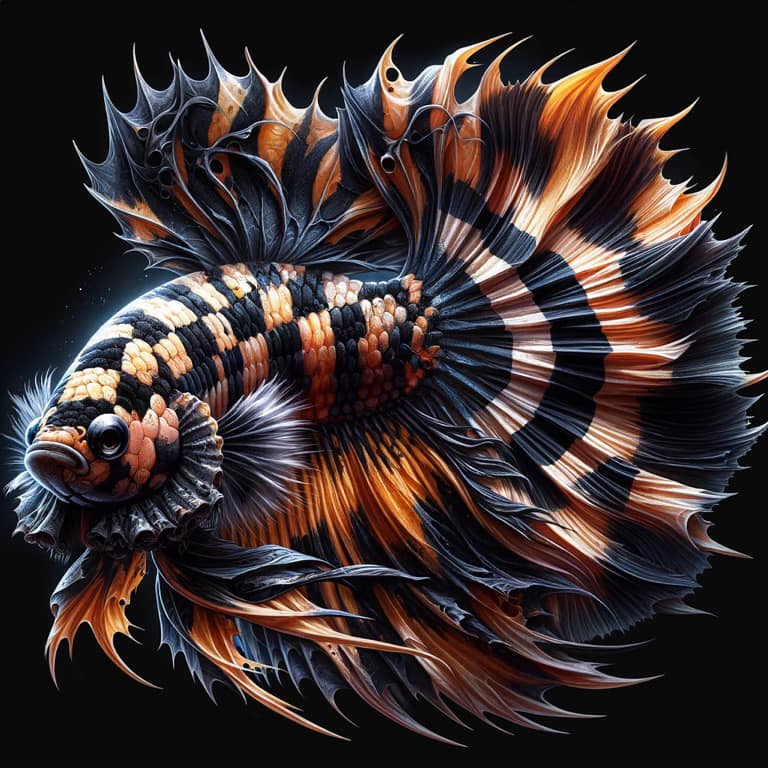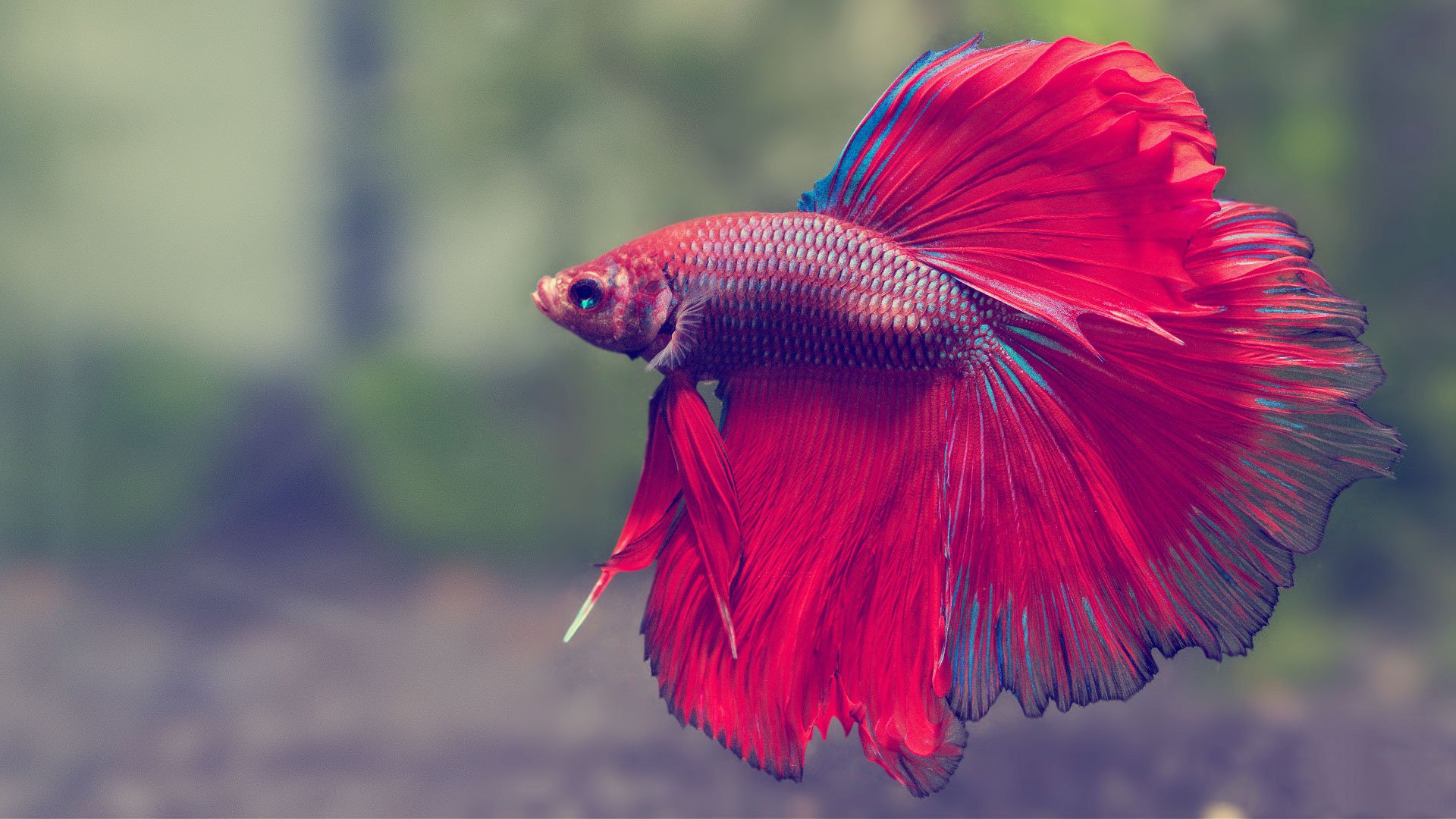The Ultimate Betta Fish Care Overview for New Pet Owners
The Ultimate Betta Fish Care Overview for New Pet Owners
Blog Article
Reproducing Betta Fish: a Comprehensive Step-By-Step Overview to Effectively Raising Infant Bettas From Eggs to Adulthood
Breeding Betta fish is a careful venture that calls for careful preparation and execution to make sure the successful development of fry from eggs to develop fish. Choosing genetically diverse breeding couple with desirable characteristics is just the start; creating an optimal environment and recognizing the complexities of the breeding process are equally crucial. As the male Betta vigilantly constructs a bubble nest and guards the precious eggs, the subsequent phases of care and shift demand interest to detail and understanding of ideal techniques. Exactly how does one navigate the difficult yet satisfying path of supporting these lively animals to the adult years?

Picking Reproduction Pairs
When embarking on the journey of reproducing Betta fish, selecting the right reproduction pairs is important to accomplishing desirable traits and a healthy lineage - betta fish. The very first step in this process is to determine the specific characteristics you want to boost or protect, such as color, fin type, and body form. It is important to choose genetically diverse sets to stay clear of inbreeding, which can lead to wellness issues and unfavorable qualities
Examine prospective breeding prospects very carefully. A healthy and balanced male Betta should exhibit vivid shades, an energetic disposition, and well-formed fins, while the lady needs to likewise display vibrant coloration and a rounded tummy, showing readiness for spawning. Observing the character of both fish is vital, as aggressive or overly reluctant individuals might not reproduce efficiently.
Maintaining documents of the parent fish's ancestry can help you track hereditary attributes and prospective concerns. Ultimately, investing time in the option procedure will significantly boost the chance of generating solid, vivid children that meet your breeding goals.

Preparing the Breeding Storage Tank
Creating an optimum reproduction atmosphere is a crucial action after picking appropriate sets for Betta fish. The reproduction tank must be specifically developed to supply convenience and boost the all-natural breeding actions of the fish. Start with a storage tank dimension of a minimum of 10 gallons to make sure ample area for both the male and women Bettas.
Keep a gentle filtering system to maintain the water clean while preventing solid currents that can emphasize the fish. In addition, an air stone can be contributed to provide oxygenation without interrupting the water surface also a lot.
Temperature policy is crucial; go for a secure variety of 78-82 ° F(25-28 ° C) utilizing a trusted heating system. The pH degree must be kept in between 6.5 and 7.5, and normal water adjustments are needed to guarantee high water high quality.
Incorporate drifting plants or spawning mops to produce concealing areas for the lady, while also urging bubble nest building by the man - betta fish. Ensure the tank is free from sharp decors and any possible threats, as the welfare of the fish must always be prioritized throughout this crucial stage of reproduction.
The Reproduction Process
Commonly, the breeding process for Betta fish entails a collection of distinctive and observable habits that indicate preparedness for recreation. The male Betta starts by building a bubble nest at the water's surface area, which offers as a site for the fed eggs. This nest is critical, as it supplies a risk-free atmosphere for the eggs till they hatch out.
Once the nest is developed, the male will certainly present courtship actions, such as flaring his fins and exhibiting vivid shades to attract the female. The female, upon noticing the man's readiness, will certainly respond by showing upright red stripes along her body, signifying her receptiveness.
When the women strategies, the male takes part in a mating dancing, often bring about an accept called the "spawning." During this embrace, the lady releases her eggs, which the male fertilizes immediately. The fed eggs after that are up to the bubble nest, where the male thoroughly accumulates and returns them to the nest. Following this, the male presumes obligation for guarding the nest and making sure the safety of the eggs until they hatch out, generally within 24-36 hours. This phase is crucial in the breeding process, laying the foundation for successful fry advancement.
Caring for Betta Fry
Looking after Betta fry requires careful interest to their environment and nourishment to guarantee healthy and balanced growth and growth. After hatching out, Betta fry are exceptionally tiny and at risk, demanding a secure and clean habitat. Maintaining a water temperature level in between 78 ° F and 80 ° F is check these guys out crucial, as Betta fry grow in warm conditions. Furthermore, ensure that the water is without harmful toxins; regular water changes of 10-20% are recommended to preserve optimum water quality.
Feeding Betta fry is similarly important. They must be supplied infusoria or finely smashed high-grade fry food, as their mouths are too small to handle larger bits. As they expand, you can gradually introduce bigger foods, such as child brine shrimp or powdered flakes, to guarantee they get adequate nourishment. Feed them percentages a number of times a day, taking care not to overfeed, which can bring about water top quality concerns.
Transitioning to Grownup Bettas
As Betta fry fully grown, transitioning them to grown-up Bettas is a crucial phase that needs cautious monitoring of their environment and social interactions. This procedure usually starts when the fry get to around 6 weeks of age, at which point they description can be gradually presented to a more structured living setting.
To facilitate this shift, it is important to make certain that the water criteria-- such as temperature level, pH, and ammonia degrees-- are optimal and stable. Grown-up Betta internet fish flourish in cozy water (around 78-80 ° F) with a pH of 6.5 to 7.5. Gradually accustom the fry to these conditions to decrease tension.
Social interactions are an additional essential aspect; male Bettas are notoriously territorial and aggressive. It is suggested to separate males into individual containers as they develop. Female Bettas can be housed together, yet treatment ought to be taken to keep an eye on for signs of aggressiveness.
Additionally, nutritional adjustments ought to be made as the fry grow. Include premium pellets and live foods to sustain their development and health. By managing these elements successfully, you can advertise a successful shift to adulthood for your Betta fish.

Conclusion
Effective reproduction of Betta fish needs mindful attention to detail throughout the entire process, from choosing genetically diverse sets to giving optimal treatment for fry. In addition, a well balanced diet and gradual adaptation to adult environments are important for the development and advancement of Betta fish.
Report this page